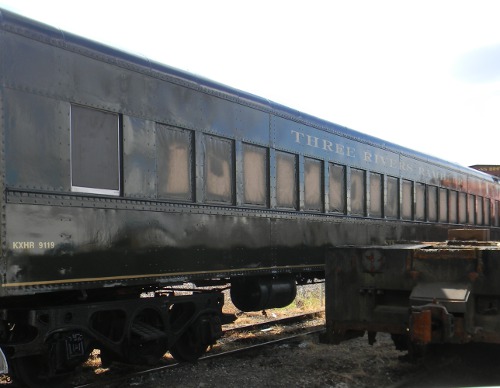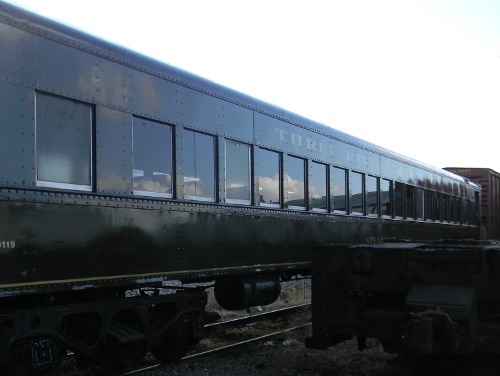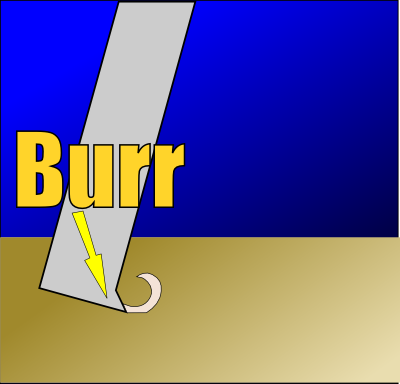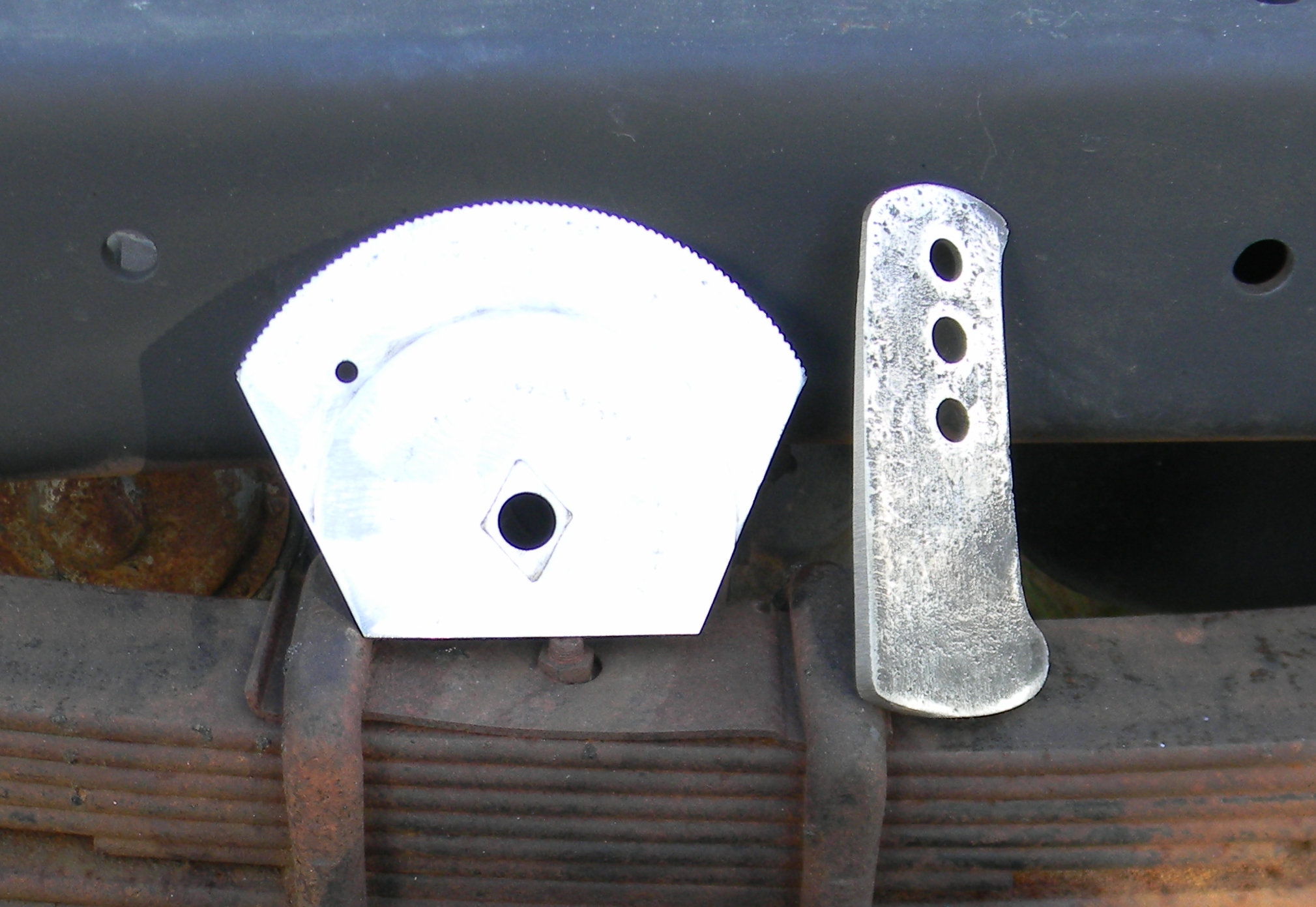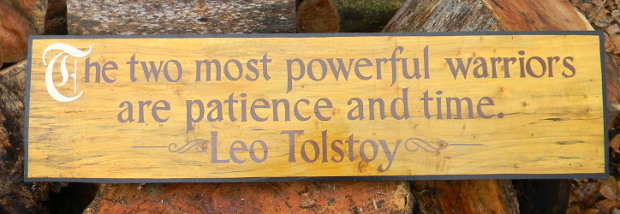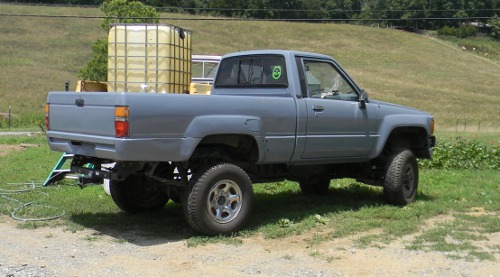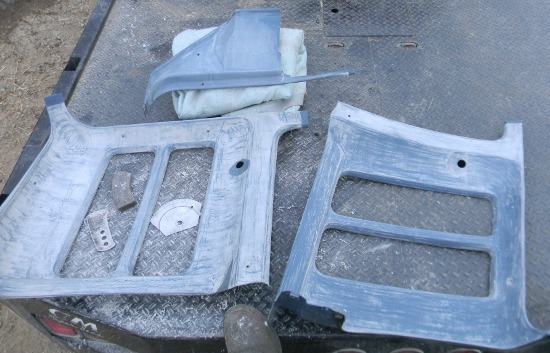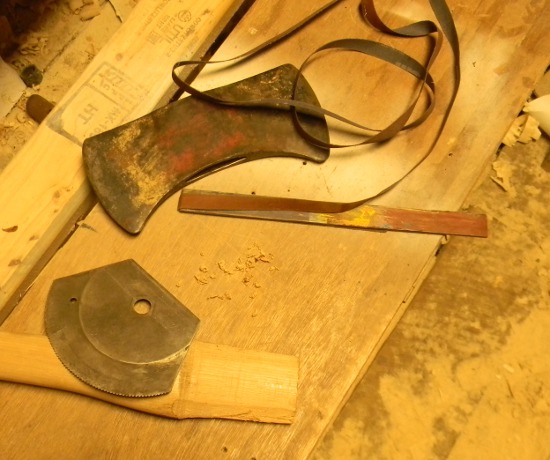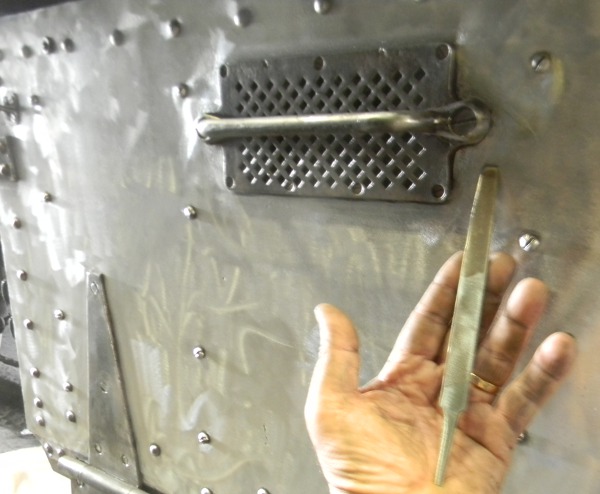Always restoring…
Here are some of the current projects: the truck in the first picture isn’t mine, it belongs to my son Sean. What’s neat is how he gets involved in bigger more powerful things than I ever had.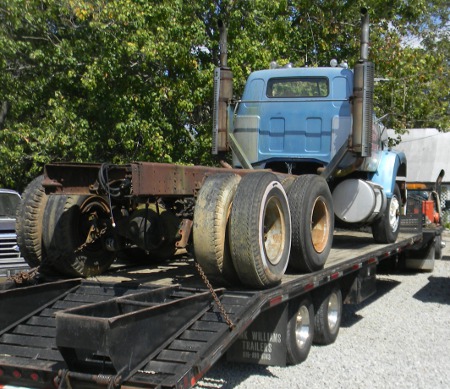 The next picture isn’t really about restoration, but I just wanted to show what a good problem looks like. In the right of the picture is a 1945 dump truck that I’ve been asked to put lettering on (after covering the existing lettering.) In the left of the picture is my own 1951 2 ton truck, which I was trying to back into a parking space. I couldn’t make the turn, so I had to first move the dump truck. Highlight of the working day.
The next picture isn’t really about restoration, but I just wanted to show what a good problem looks like. In the right of the picture is a 1945 dump truck that I’ve been asked to put lettering on (after covering the existing lettering.) In the left of the picture is my own 1951 2 ton truck, which I was trying to back into a parking space. I couldn’t make the turn, so I had to first move the dump truck. Highlight of the working day.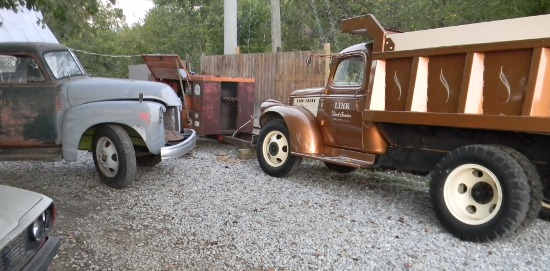 In the picture below, you can see the back end of a “Mustang” three wheeled motorcycle made in 1947. It was owned by a gulf station, and used for parts delivery. We put the original phone number, address, and cartoon back on it. That’s when work is rewarding.
In the picture below, you can see the back end of a “Mustang” three wheeled motorcycle made in 1947. It was owned by a gulf station, and used for parts delivery. We put the original phone number, address, and cartoon back on it. That’s when work is rewarding. 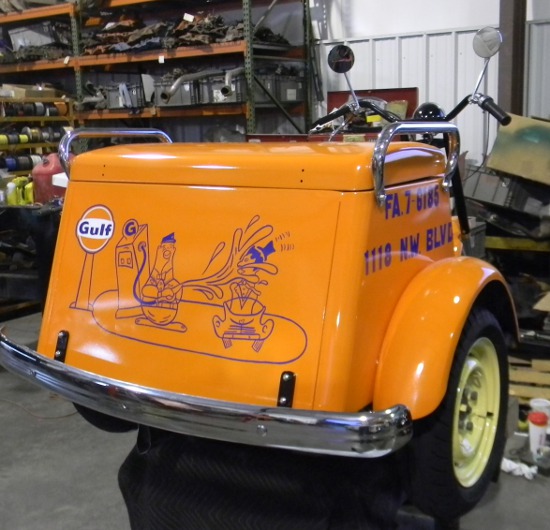 In the last two pictures is the 1930 railroad coach that I’m finishing up. I wanted to show why I clean the windows and brush the aluminum window frames before I mask them off. That way, when the masking paper is pulled off, it all looks neat and clean. There are a couple of Bible verses that come to mind. The first is from the book of Jude; chapter 1, verses 23, 24, & 25:
In the last two pictures is the 1930 railroad coach that I’m finishing up. I wanted to show why I clean the windows and brush the aluminum window frames before I mask them off. That way, when the masking paper is pulled off, it all looks neat and clean. There are a couple of Bible verses that come to mind. The first is from the book of Jude; chapter 1, verses 23, 24, & 25:
And others save with fear, pulling them out of the fire; hating even the garment spotted by the flesh. 24 Now unto him that is able to keep you from falling, and to present you faultless before the presence of his glory with exceeding joy, 25 To the only wise God our Saviour, be glory and majesty, dominion and power, both now and ever. Amen.
The second is from 1st Corinthians chapter 13, verse 12:
For now we see through a glass, darkly; but then face to face: now I know in part; but then shall I know even as also I am known.